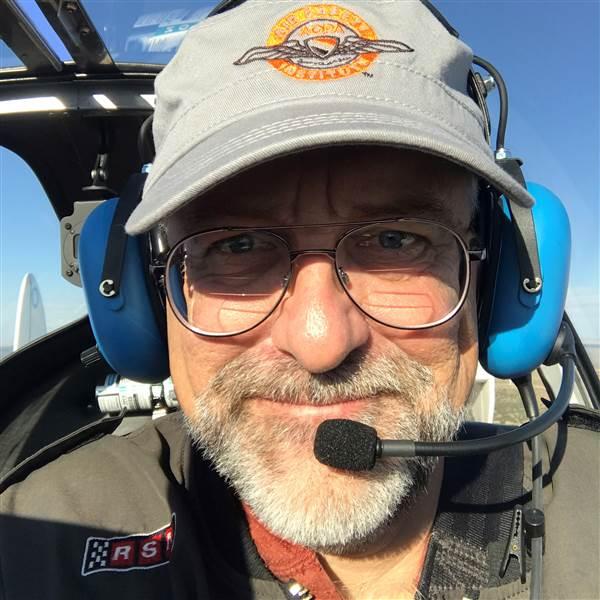Training and Safety Tip: Get the picture
The power of penciling DIY airport diagrams
I’m not much of an artist, but I do draw airports. Oh, don’t get me wrong. You’re not gonna find beautiful charcoal sketches of airports with my name on them in the Smithsonian's National Air and Space Museum gift shop.

But, as part of my cross-country planning—along with determining my course, heading, fuel requirements, altitude, magnetic variation, and other essential information—I make a little drawing of each airport in my plan.
In one corner, I’ll jot down the pattern altitude; in another, the radio frequencies.
“Now, wait a minute,” you say. “Why don’t you just use the airport diagrams from the chart supplement? They’re right there in your iPad, for cryin’ out loud!”
That’s true, but creating my own airport diagrams increases my situational awareness in several ways. First, studying the airport layout and then re-drawing it better prepares my mind for what to expect. It imprints the information in a way that simply looking at a chart doesn’t. In flight, my drawing provides only the airport details I need, no other distracting details.
Second, I don’t draw the airports north-up as presented in the chart supplement. Instead, I draw them as they will appear out of the windscreen from my intended approach angle. So, I’m fully oriented to the airport environment as I approach it. Related to this, I reduce my cockpit workload by keeping all the written data right side up and square to the page—including runway numbers—so they are easy to read without having to turn the chart sideways or upside down.
Traditional nav logs used to have a white box in the upper right corner for sketches like mine, but most new ones have dropped that. Bummer. But luckily, they still make blank paper, although I guess an iPad and Apple Pencil could accomplish the same goal.
Either way, try taking the time to create your own airport artwork. It’ll increase your situational awareness, reduce your cockpit workload, and better orient you to the airport environment on arrival. And, who knows? If you’re a better artist than I am, maybe someday your airport art will be sold in the museum gift shop.



